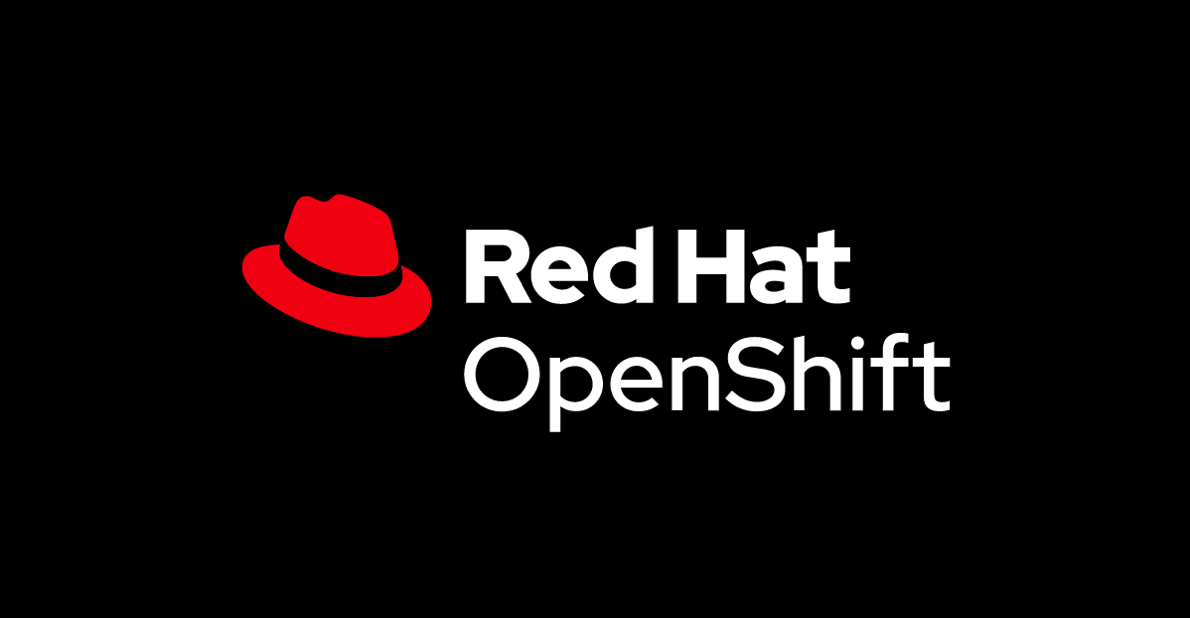With Red Hat’s release of OpenShift 4.8, the HashiCorp Vault Helm chart has achieved OpenShift Helm Certification. The Red Hat OpenShift Certification program supports a broad range of workloads on the Kubernetes platform, allowing Red Hat partners to enable and certify software solutions on OpenShift through Operators or Helm charts. Now with OpenShift 4.8, users can easily search for Vault’s certified Helm chart and scale secrets management on Kubernetes.
»What is HashiCorp Vault?
HashiCorp Vault is an identity-based security solution that leverages trusted sources of identity to keep secrets and application data secure. A secret is anything that you want to tightly control access to, such as API keys, passwords, or certificates. Vault provides a unified interface to any secret while providing tight access control and recording a detailed audit log.
With the HashiCorp Cloud Platform (HCP) Vault managed service, organizations can get up and running quickly, providing immediate access to Vault’s best-in-class secrets management and encryption capabilities while also offloading resilience and operational management concerns to HashiCorp.
»HashiCorp Vault and Red Hat OpenShift: Secrets Management on Kubernetes—Quickly and Securely
The HashiCorp Vault Helm chart with OpenShift support enables Vault to be deployed and run on OpenShift, and offers a repeatable deployment process for secrets management in less time. Using the Helm Chart for Vault, you can start a Vault cluster running on Kubernetes in just minutes. In addition to the native integrations provided by Vault itself, any other tool built for Kubernetes can choose to leverage Vault.
In OpenShift 4.8, users can now search for and find the certified Vault Helm chart directly in the OpenShift console and be assured that the Vault Helm chart has been validated for use in the OpenShift environment.
»Getting Started
There are several use cases for running Vault on Kubernetes that you can learn about in the Vault documentation. For example, you can learn how to set up one of those use cases (e.g., running Vault as a service) on OpenShift in this tutorial.
If you’re ready to get started with the Vault Helm chart for secrets management on OpenShift, check out the Vault Helm chart documentation.









